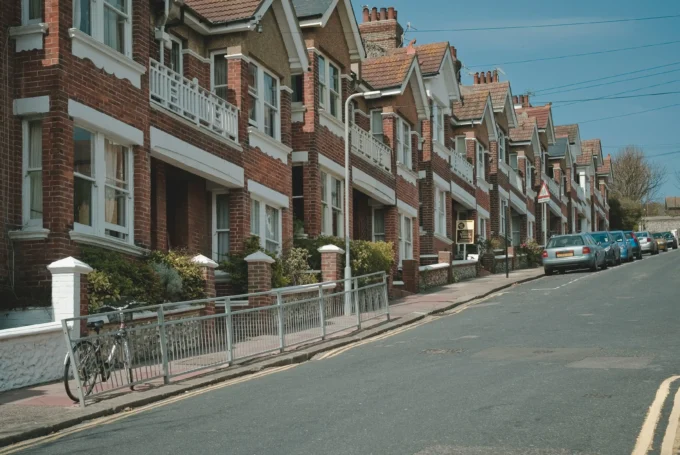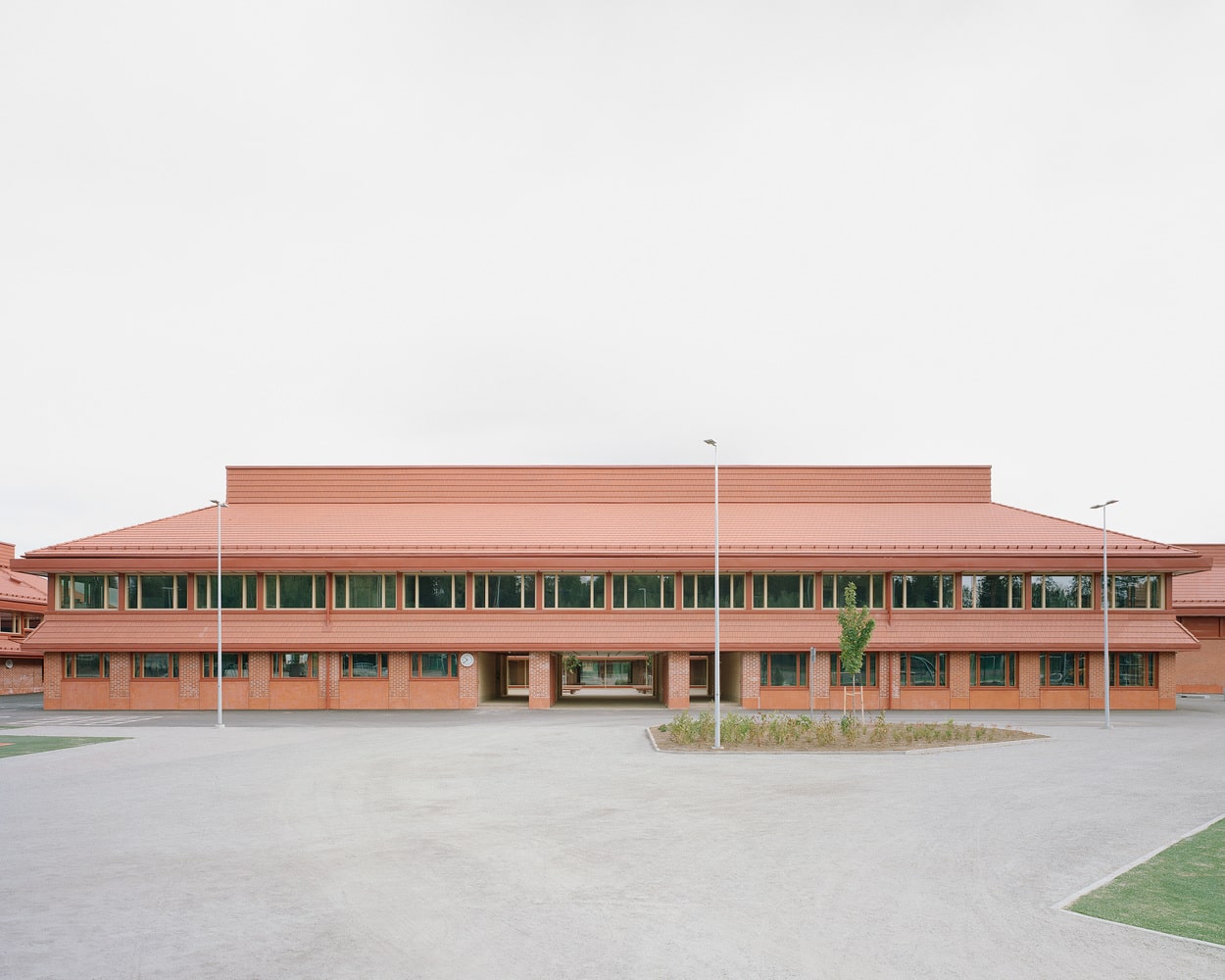- Home
- Articles
- Architectural Portfolio
- Architectral Presentation
- Inspirational Stories
- Architecture News
- Visualization
- BIM Industry
- Facade Design
- Parametric Design
- Career
- Landscape Architecture
- Construction
- Artificial Intelligence
- Sketching
- Design Softwares
- Diagrams
- Writing
- Architectural Tips
- Sustainability
- Courses
- Concept
- Technology
- History & Heritage
- Future of Architecture
- Guides & How-To
- Art & Culture
- Projects
- Interior Design
- Competitions
- Jobs
- Store
- Tools
- More
- Home
- Articles
- Architectural Portfolio
- Architectral Presentation
- Inspirational Stories
- Architecture News
- Visualization
- BIM Industry
- Facade Design
- Parametric Design
- Career
- Landscape Architecture
- Construction
- Artificial Intelligence
- Sketching
- Design Softwares
- Diagrams
- Writing
- Architectural Tips
- Sustainability
- Courses
- Concept
- Technology
- History & Heritage
- Future of Architecture
- Guides & How-To
- Art & Culture
- Projects
- Interior Design
- Competitions
- Jobs
- Store
- Tools
- More

During the 1950s, the Houses of Culture (further referred to as HoC) played a big role in the development of the entire post-war society. The Second World War disrupted education of many people and left broken cycles that needed to be replaced. In the early post-war period, the HoC together with the local communities and primary schools were the main centers for the development of social, cultural, artistic, educational and entertainment life in the city. Most of the HoC were built in municipalities and local communities in the late 50s or early 60s of the last century (although in some countries they appeared earlier). In these Houses, lectures and various educational courses as well as art evenings and concerts were organized.

When the HoC and other cultural buildings were built in the former Yugoslavia, the architects had much more freedom to add their own touch and style to the buildings compared to the former USSR. This is why different, unique building styles of the HoC can be found all over the former Yugoslavia. The state of the former Yugoslavia gave the architects the freedom to design what they wanted and many different approaches and forms were accepted. Through the HoC, the creativity of the architects was visible.
Attached are 4 different HoC situated in the former Yugoslavia: Spomen Dom in Kolašin – Montenegro, Dom Kulture in Konjic – Bosnia and Herzegovina, Dom Kulture Hrasnica in Hrasnica – Bosnia and Herzegovina and Dom Kulture Čačak in Čačak – Serbia.

As mentioned, Spomen Dom is situated in Kolašin and is built in 1975 and since then was and is an Yugoslav phenomenon. A quote related to the building: ‘The arrangement of the elements is influenced by examples of vernacular architecture, which is conditioned by a primitive timber construction for the winter climate. This created remarkable roof forms. The appearance of these individual houses or space structures which they form together overcomes the bare utilitarian comprehension of a sensitive observer.’- Marko Mušič, the architect of the Spomen Dom.
Dom Kulture in Konjic, Bosnia and Herzegovina is built in 1957. When it was built, it was called the most modern building in the former Yugoslavia. Its specific character is that it has an open air theater which is still being used for various plays and concerts. In 1975. it was rewarded for having the best amateur drama ensemble in the former Yugoslavia.

Dom Kulture in Hrasnica is built in 1954. It was founded and built by the industry ‘Famos’ for the people that lived in the area. Famos also arranged extra classes and education for the people and workers so that they could be educated if they were not. The House of Culture was opened by the president of the former Yugoslavia, Josip Broz Tito. The building is now partially used and rented to other parties and private owners.
One fact about the Dom Kulture Čačak is that as a special rarity, the largest ficus (Ficus elastica decora) in Serbia and even in the Balkans that grew up indoors, is located in the entrance hall of the Cultural Center. The ficus is a protected monument of nature. The building is still used as a cultural center. The building is built in 1971.
The reason for that is that I want to show the architecture and the uniqueness of these buildings. In my opinion, they deserve to be shown to a broader public because most of the Houses of Culture are now decaying and I think they never got the respect they deserved.
illustrarch is your daily dose of architecture. Leading community designed for all lovers of illustration and #drawing.
Submit your architectural projects
Follow these steps for submission your project. Submission FormLatest Posts
Rome’s EUR Convention Center “The Cloud” and Its Architectural Significance
The EUR Convention Center, known as The Cloud (Nuvola), is one of...
Seddülbahir Fortress Re-Use Project by KOOP Architects + AOMTD
Seddülbahir Fortress, restored after 26 years of multidisciplinary work, reopens as a...
BIG Wins International Competition to Design Hamburg State Opera
BIG’s winning design for the new Hamburg State Opera creates a cultural...
Sammontalo – School and Multipurpose Center by NERVIN architecture
Sammontalo by NERVIN Architecture is a multifunctional community hub in Lappeenranta, Finland,...
















Leave a comment